8. Hydration

Staying hydrated before, during and after training can improve your physical and mental performance
Water
Correct fluid intake during and after your endurance training sessions and race is critical. Dehydration is a common problem for runners as it can affect your physical and mental performance, increase cardiovascular strain and decrease heat tolerance. The International Marathon Medical Directors Association (IMMDA) state:
- Runners should drink approximately 400 – 800ml per hour depending on your weight, environmental conditions and speed
- You should record your body weight before and after as many training runs as you can. You should lose no more than 1-3% of your pre-run weight.
- One litre of sweat is approximately equal to 1kg of weight loss
- Check your urine during the day to monitor your hydration status
Electrolytes
In addition to water replacements you also need to replace the electrolytes you lose through sweat such as magnesium, calcium, potassium and sodium. Fixx Nutrition the Gold Coast Marathon official nutrition partner states:
Fuel X endurance fuel drink mix contains all the electrolytes, hydration & energy you need to keep you going! Go further longer!
The ELECTROLYTES in Fuel X are formulated to replace everything you lose during exercise. No sticky bars, chews or gels needed!
Fuel X Pro is a superior source of nutrition as it also contains premium amino acids for improved performance and endurance.
How to use Fuel X?
Fuel X is easily and quickly absorbed with minimal effect on the digestive system. Drink during training and racing to hydrate and replenish your body of the nutrients lost.
Directions:
1 Scoop = 100 Calories
1 Sachet = 200 Calories
1-2 Scoops for the first hour
2-3 Scoops per hour thereafter using hunger as a guide.
Add to 500/700ml/17-24oz of water.
Shake/Stir well to dissolve and enjoy.
Adjust to your caloric need & session time.
Read training for a marathon with Fixx Nutrition




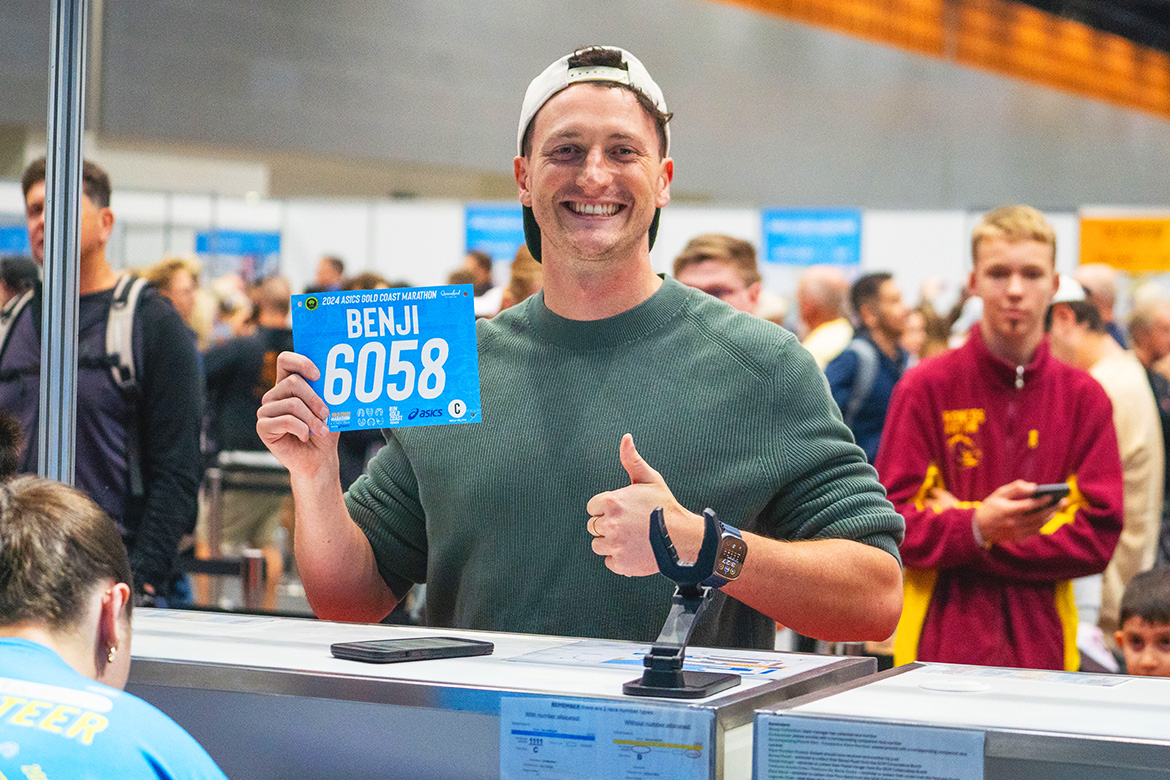
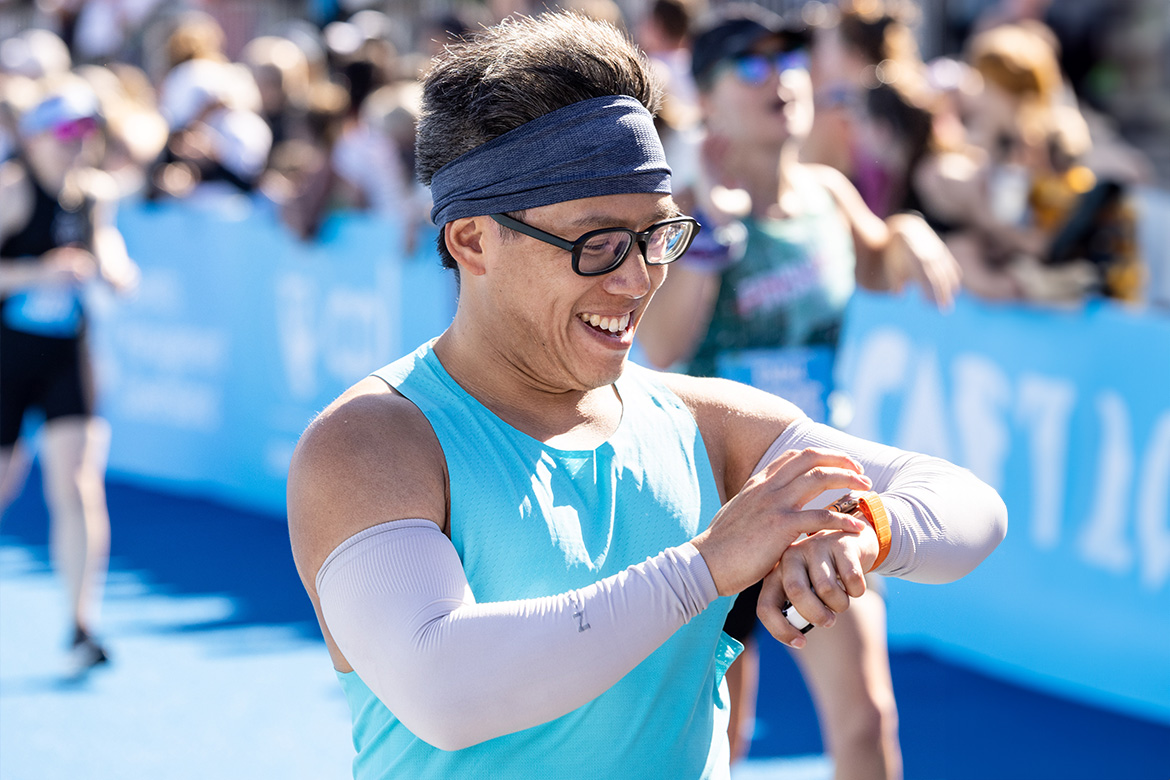
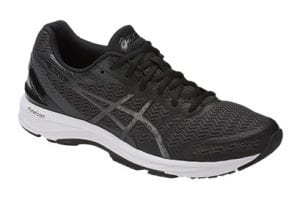
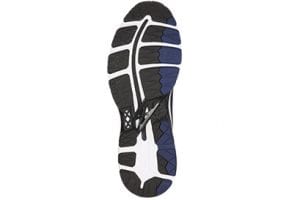
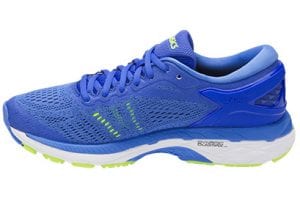
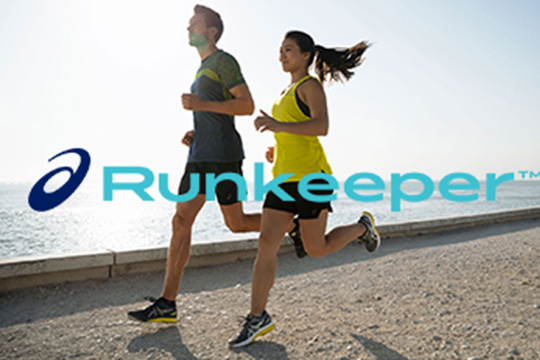
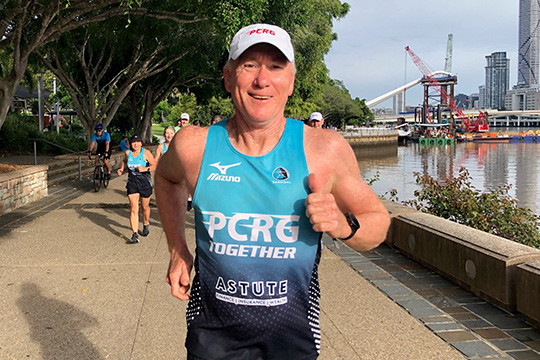

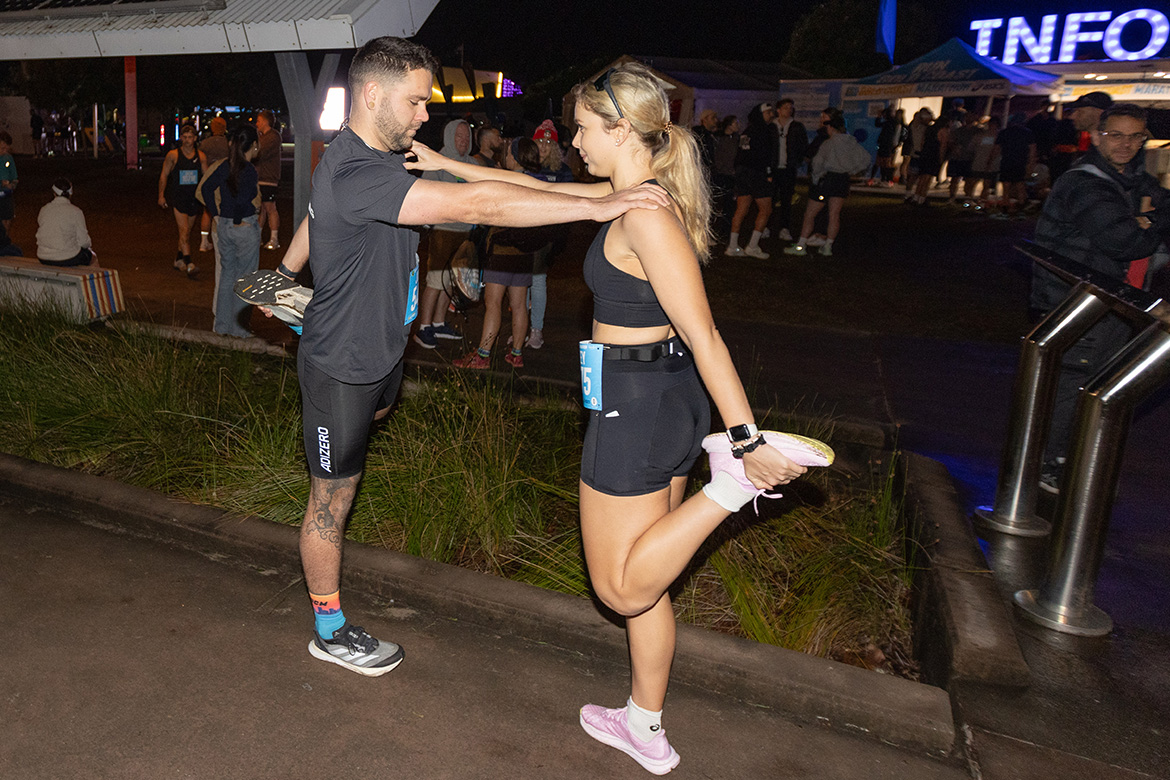



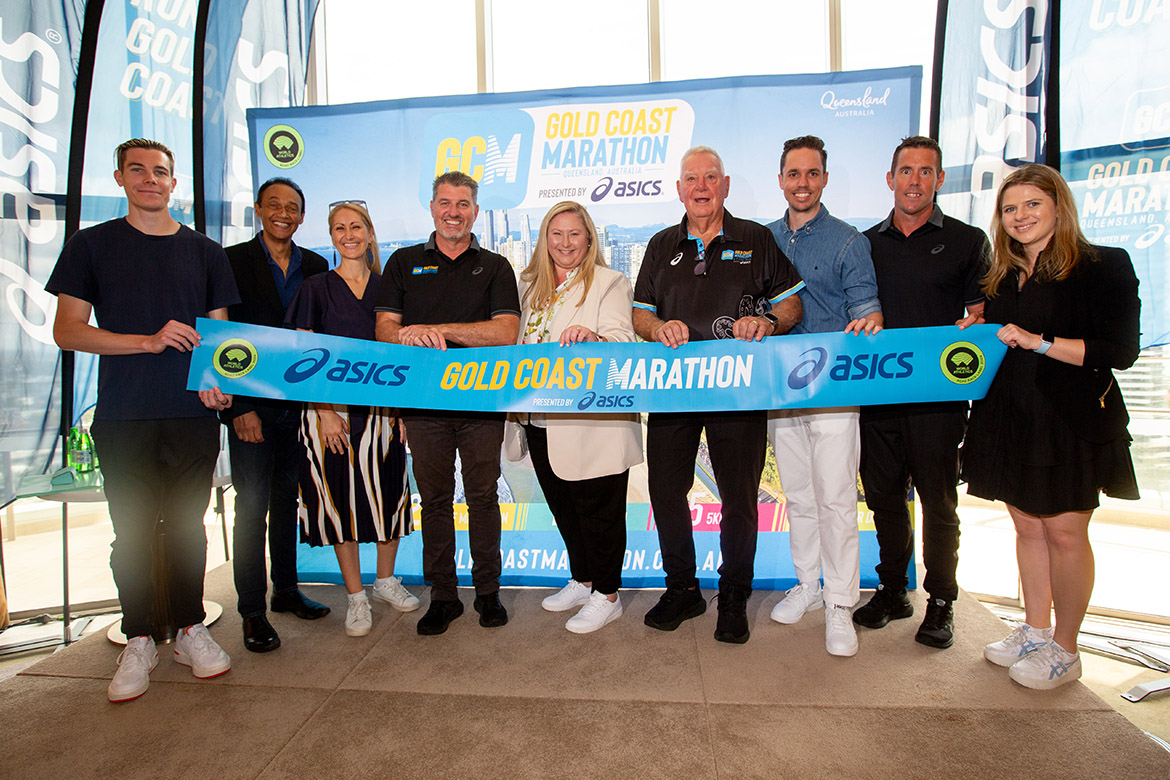
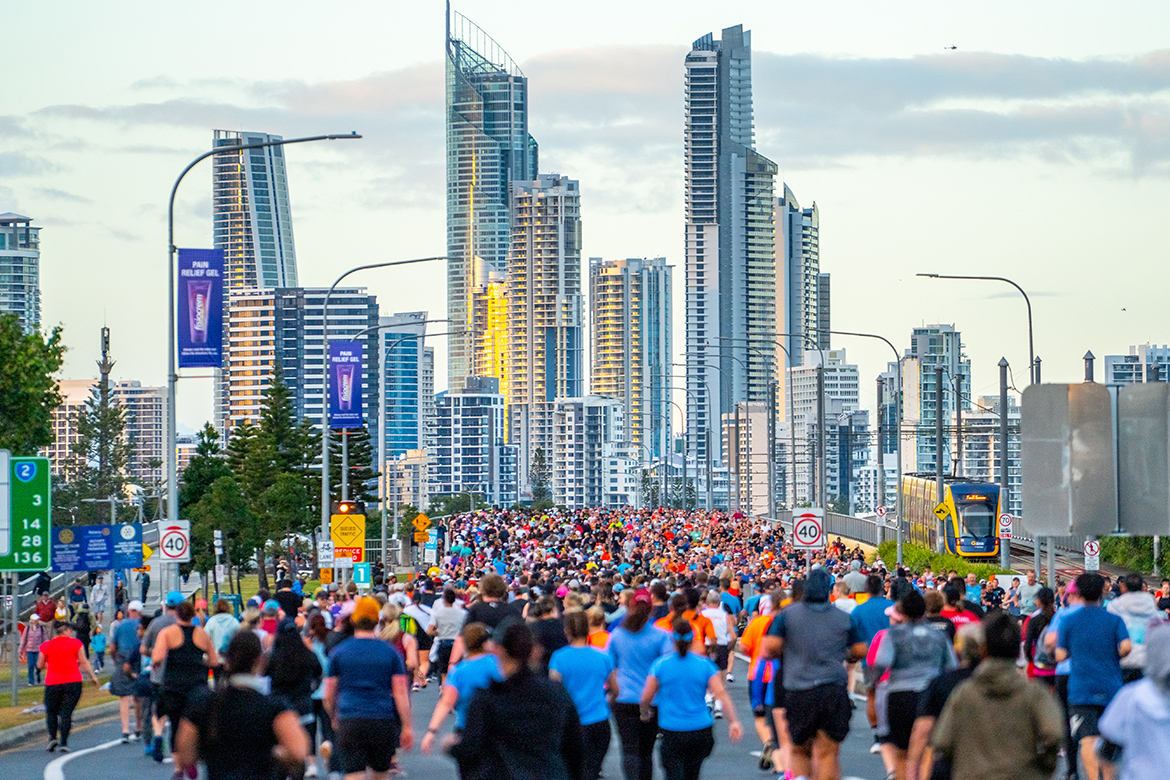
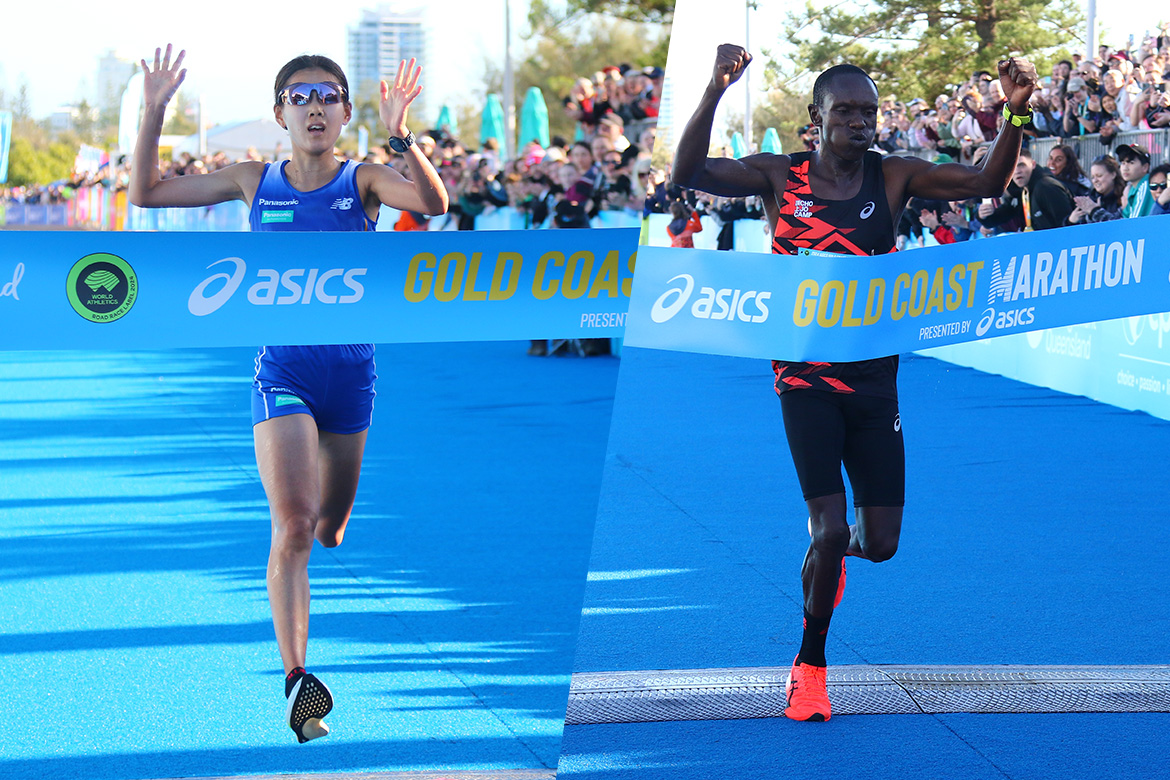


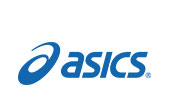










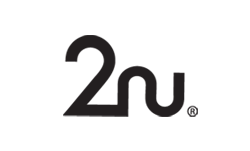

RUNNERS. TAG YOUR PHOTOS WITH #GCM25